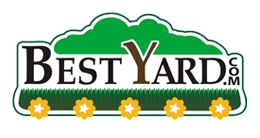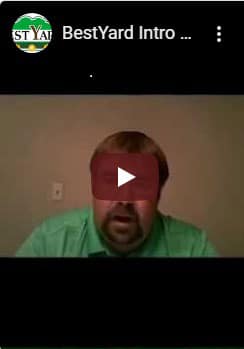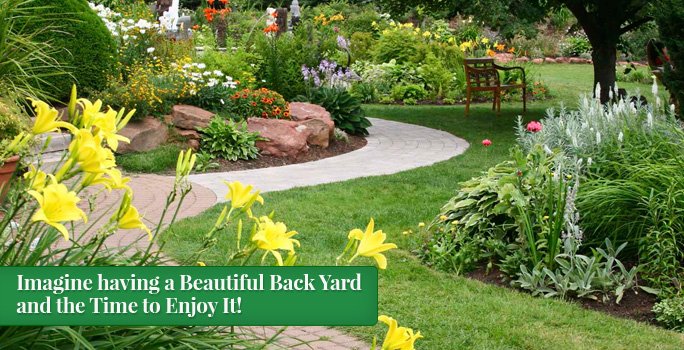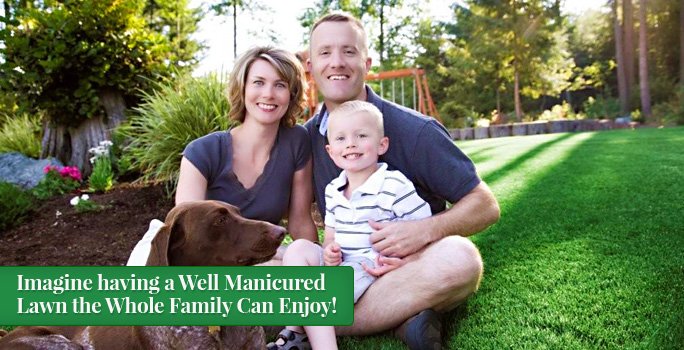
If you haven’t planted bulbs yet for next spring, there may still be time. Planting now gives them time to develop roots before the ground freezes. It’s an easy project as long as you know a few things to do – and not do – when planting.
Do:
- Choose a location that is well-drained and gets plenty of sun.
- Plan your planting around bloom time. Daffodils and crocuses will appear early in the season, while tulips will come along later. Check with your bulb seller to learn the expected bloom times for each variety.
- Mix it up with more than just tulips and daffodils. Consider early-blooming snowdrops (Galanthus), which produce small white flowers that hang like bells and spread easily. Also consider late-blooming giant allium (pictured above), an ornamental onion that features purple flowers atop tall stalks.
- Water your bulbs right after you plant them. This will help them settle into the soil and establish roots.
Do not:
- Use the time-consuming method of spacing bulbs and planting them one at a time in rows. If a bulb does not bloom, you’ll end up with “holes” in your display. Try grouping them in pockets of 10-12 bulbs for a burst of color next spring. Dig a hole or trench 3 times deeper than the bulb height.
- Plant all bulbs the same way. Large bulbs such as tulips and daffodils should be spaced 6 inches apart, so you’ll need about 5 bulbs per square foot. Space smaller bulbs such as crocus and grape hyacinth or miniature daffodils about 4 inches apart. You will need 8 small bulbs per square foot of garden area for those.
- Forget to fertilize and top-dress. Help your bulbs establish roots with a fertilizer high in phosphorous used when planting. Then top dress the beds with shredded wood mulch or mulched leaves.
Talk with a landscape or garden center professional about the right care for the specific bulb varieties you choose. Then wait patiently for spring, when your efforts will be rewarded with beautiful blooms.
Click “DO IT FOR ME” to request a FREE quote.

Source: customer-service@bestyard.com in collaboration with Associated Landscape Contractors of Colorado

























